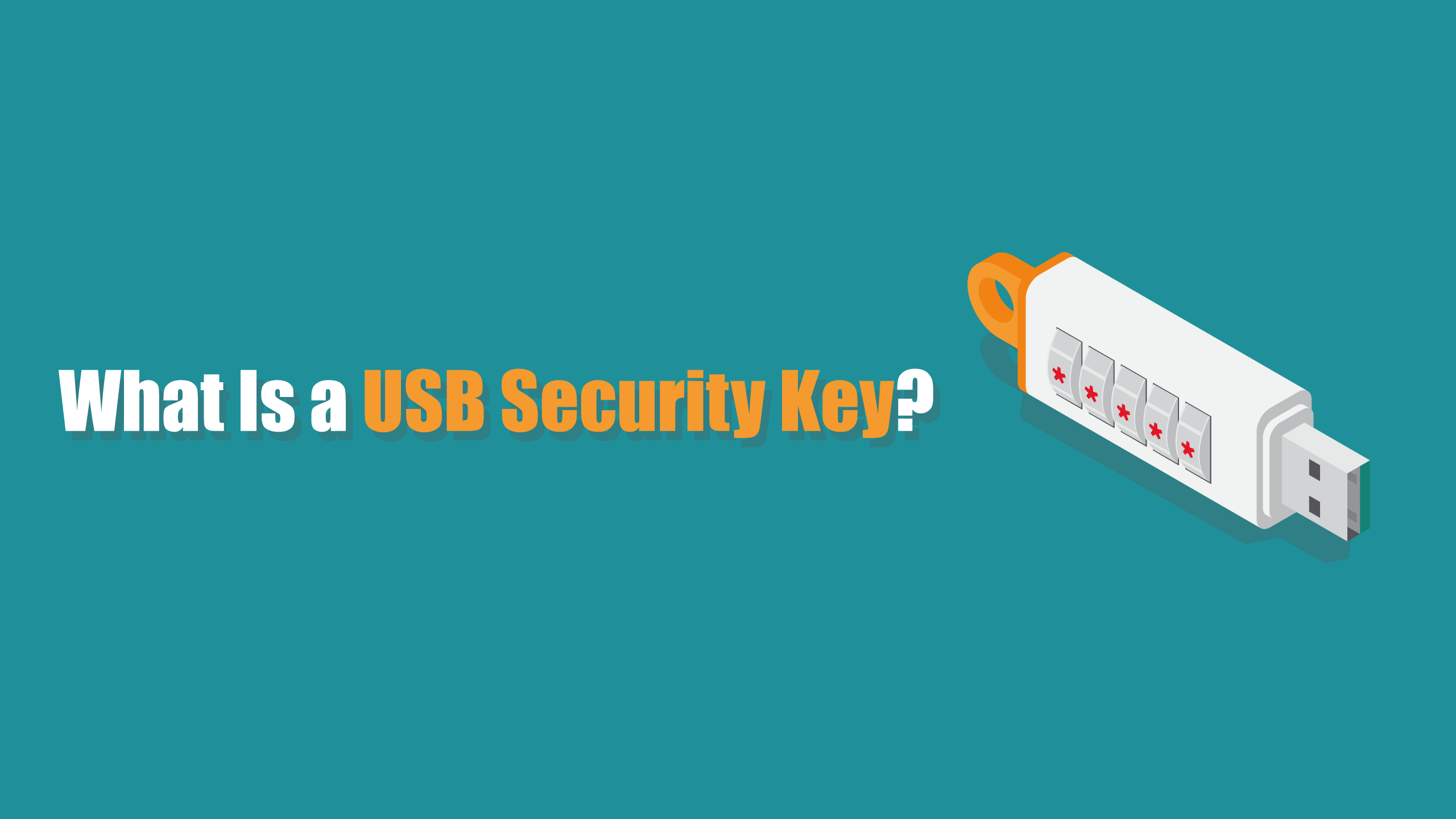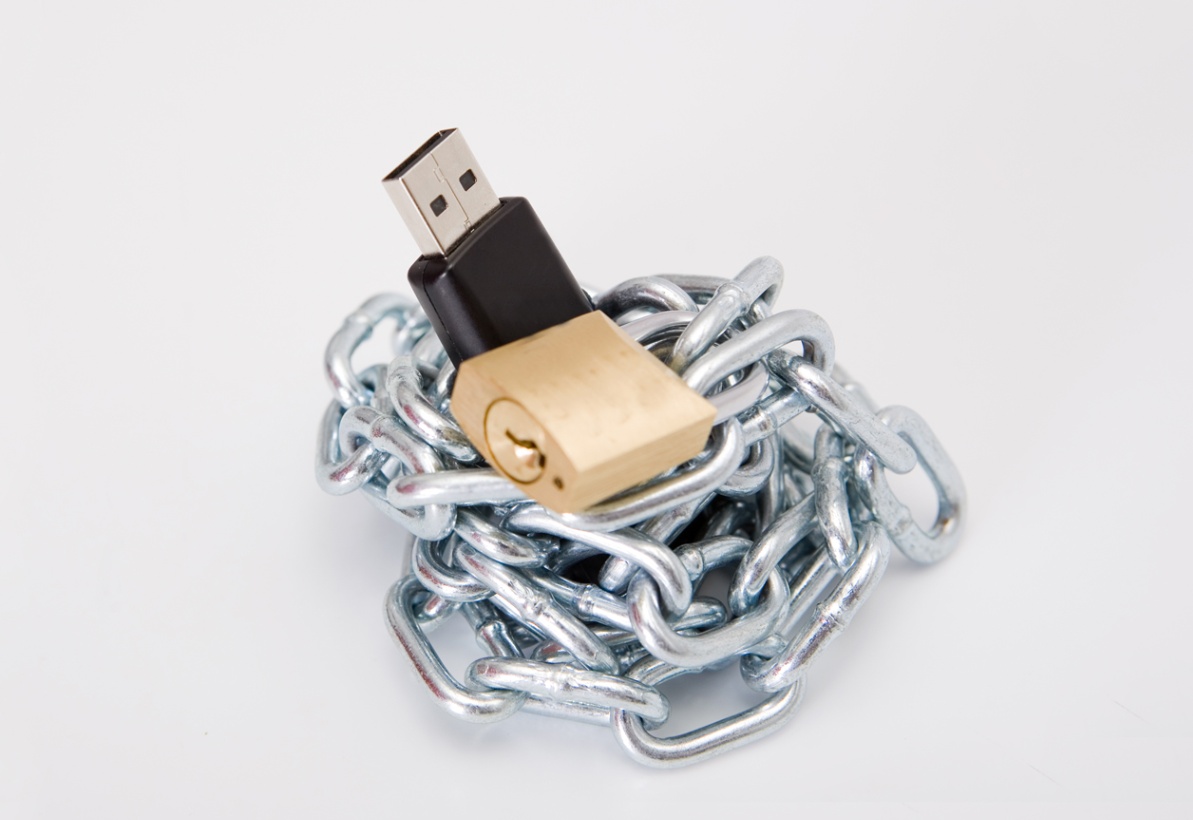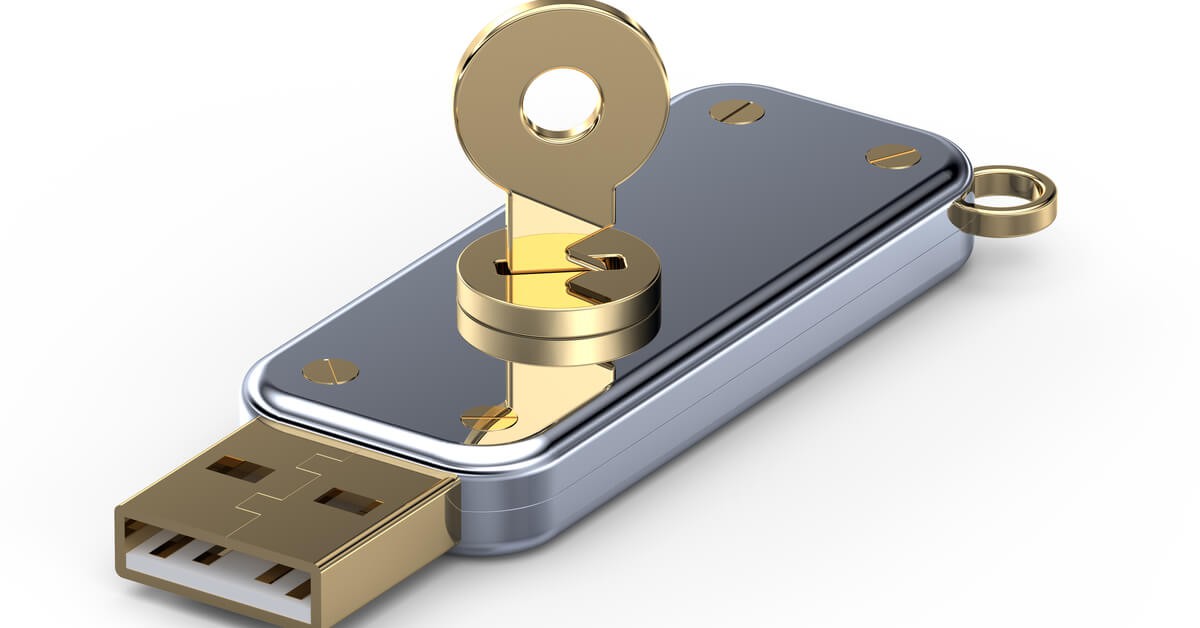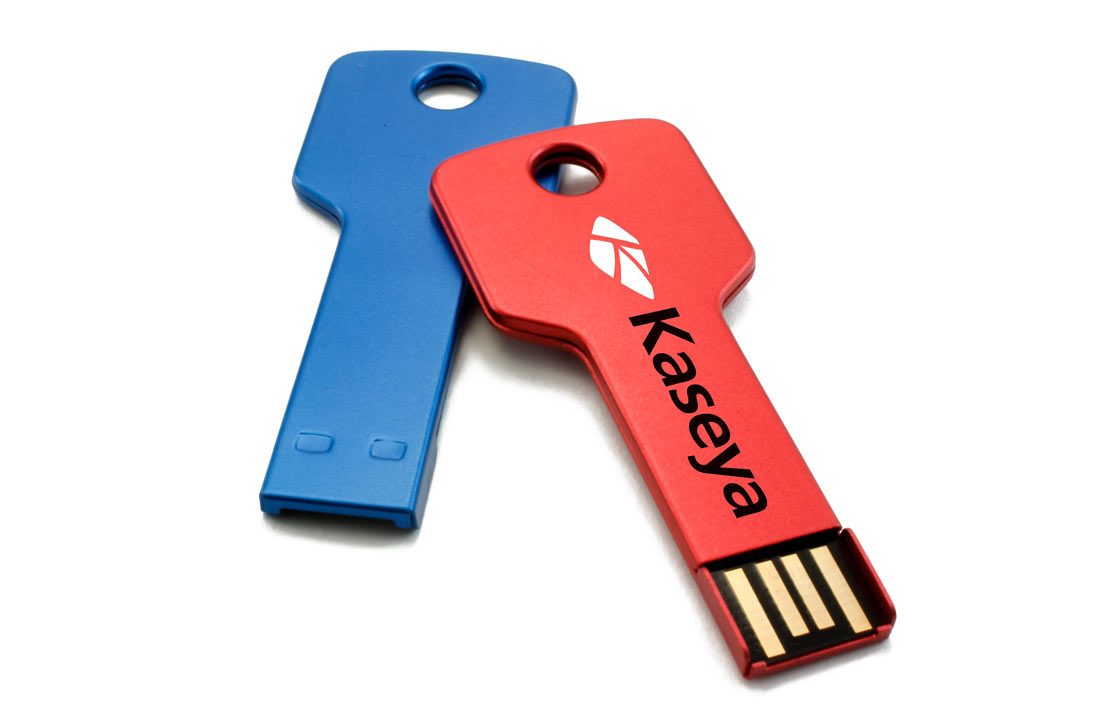
What Is a USB Security Key?
Your bulletproof password that includes letters, numbers, and symbols is a good first step toward online security. Phone-based two-factor authentication is a pretty good second step. Still, even your personal smartphone is getting easier to port, phish, or breach in other ways.
A great way to back up a good password is with a physical USB-based security key. These look like regular USB or USB-C drives but are usually smaller. Security keys are easy to set up and safer than an authentication email or text message on your phone.

Shop Online Deals for Bulk Flash Drives
What Are USB Security Keys?
USB-based security keys, also known as U2F keys, plug right into any USB port, just like regular USB drives. Each one contains a small processor that holds:
- Authentication code to give it a totally unique identity
- Standard security protocols that let it connect with secure online portals
- Token-generating software to create exclusive signatures for different sites
As an added layer of protection, most security keys now come with a biometric fingerprint sensor. Many also come with Bluetooth and NFC capability, allowing you to use them with Apple and Android smartphones.
USB Keys and Two-factor Authentication
Two-factor authentication is when a secure portal requires another authentication step besides your password before letting you log in. This ensures that even if your password is hacked, the hacker will still have difficulty accessing your secure data.
A security key can provide that second layer of authentication, replacing the authentication apps and email or SMS codes. Your USB key's unique identity, along with its built-in token generator and fingerprint reader, make it harder to breach than the other two-factor authentication methods.
None of your account details or personal data are accessible from the security key. If your key finds its way into someone else's hands, they'd still need your login information and your finger to steal your data.
Most USB keys use a token generation standard like Google's FIDO U2F, which allows them to generate multiple uniquely identifying tokens. This lets you use the same security key with many different secure online portals, like Facebook, Twitter, Microsoft, Gmail, GitHub, Dropbox, and more.

How Do You Use It?
To get started, use your username and password to log into a website that supports two-factor authentication. It doesn't matter if you've already configured the site to use an alternative second security layer like an authentication email.
Make sure that you have your security key handy, and then click on your account's settings menu. Under its security or login settings, you should see an option to edit or add two-factor authentication options.
In the two-factor authentication tab or menu, you'll see an option to add or use a security key. Enter whatever information the site asks for, when the site instructs you to, insert your key into any USB port to generate that site's unique token.
Once you've generated a token for a specific account on a given site, your security key will act as the second authentication factor. This allows you to confirm your identity at any time. In the future, when you want to log in, you'll enter your username and password as usual, and then insert the security key into any USB port and press the sensor button with your finger.
Your internet browser will send a cryptographic challenge to the key's security protocols, including the site's domain name. Your key will first check to make sure that you're at the correct site to prevent phishing attempts. Next, the key will check your fingerprint on its sensor. If the site and your biometric data look good, your key will use the unique token that it previously generated for that site to cryptographically sign the challenge and allow you to proceed with the login.
Protect Your Data Wherever You Go With Our Lightning-fast USB-C Drives
When or Why Should You Use It?

Older two-factor authentication methods can be hacked by temporarily reassigning your phone number or forwarding your emails to a device under the hacker's control. Even authentication apps are commonly phished with identical-looking fake websites.
When working with any online information you need to keep secure, especially financial data, the best way to stay as safe as possible is to use a USB-based security key. This is especially important when sending private data over public Wi-Fi, which is especially vulnerable to interception.
Lock Down Your Login Data With a USB-based Security Key
Physical security keys are currently the simplest two-factor authentication method to use and the toughest to crack. They do not need any external software or hardware to generate unique tokens, verify your identity, and answer cryptographic challenges.
A security key can bring peace of mind if you care about keeping your data safe. Once you have set up a key, you can be sure your data will remain untouchable without your login information, key, and fingerprint.
At USB Memory Direct, we have up-to-date tech, USB-C, USB-A drives, and bulk flash drives that can keep you connected on the go.